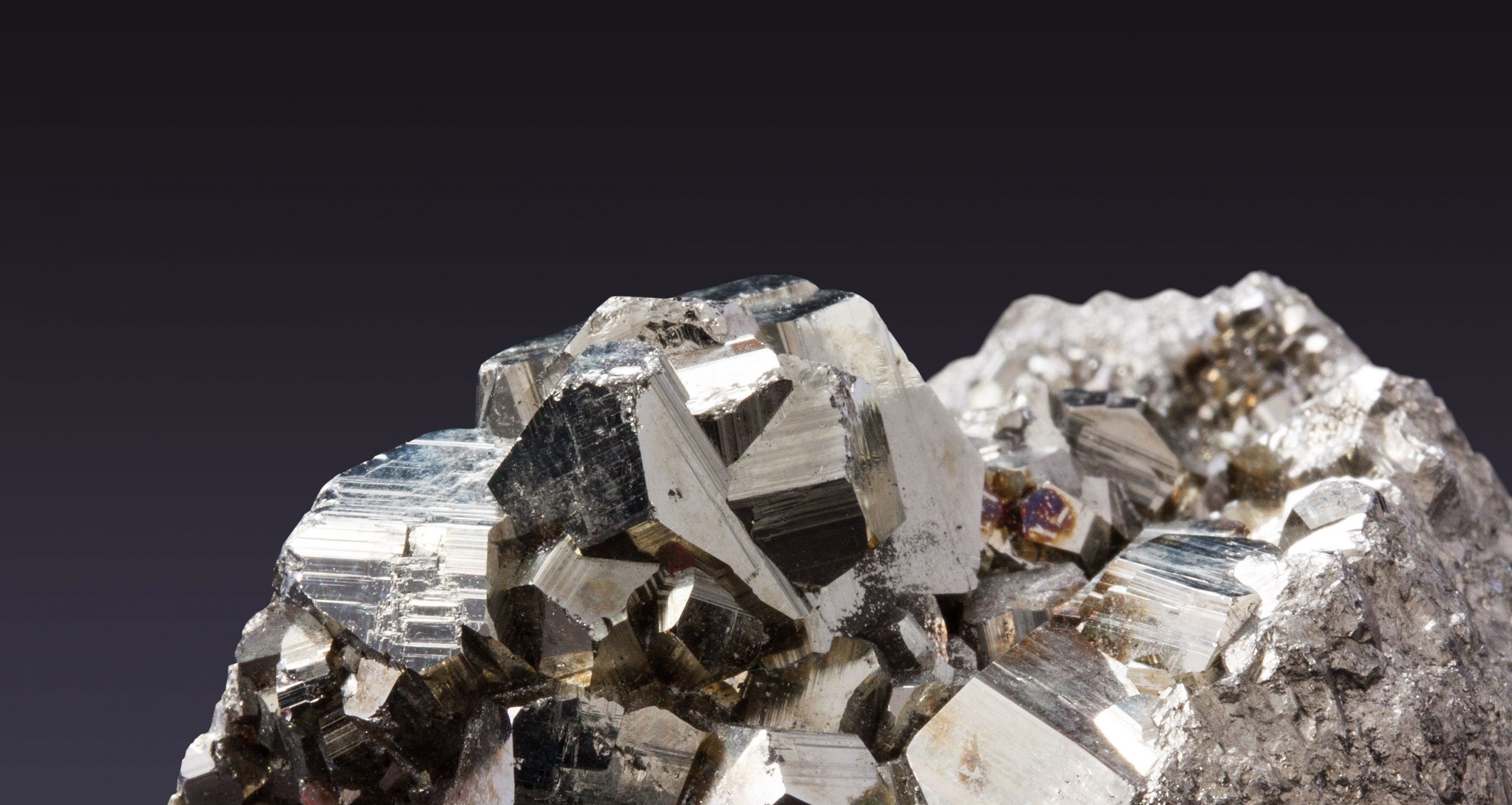The economy of Europe depends heavily on raw materials. They are the backbone of a strong industrial base, creating a wide range of products, applications as well as services, used in our modern lives and cutting-edge technologies. The EU and the rest of the world are increasingly concerned about having stable and unhindered access to raw materials. The European Commission has developed a list of critical raw materials (CRMs) for the EU in response to this problem, which is reviewed and updated every three years. The CRMs list encompasses raw materials with significant economic and industrial with considerable supply-related risk.
HOW ARE CRMS IDENTIFIED
At the EU level, the Commission conducts an assessment on a variety of raw materials that are neither energy- nor agricultural-based. For 2020, the evaluation was conducted on a total of 83 materials, composed of 63 individual materials and 3 material groups – heavy rare earth elements (HREE), light rare earth elements (LREE), platinum group metals (PGM). This is double the number of materials from when the assessment started. Slightly over 40 materials were analysed in 2011.
BUT WHY ARE CRITICAL RAW MATERIALS IMPORTANT?
- The reason CRMs are so important is due to the fact that they are:
- Inextricably linked throughout the entire supply chain of non-energy raw materials for industries.
- Needed for Modern technology to access an increasing variety of raw resources which is essential for both advancements in technologies and increased quality of life. For instance, a smartphone may include up to 50 unique types of metals, all of which help to contribute to its advanced features, portability, and small size.
- Critical to protecting the environment, we cannot go without sustainable technologies. In these clean technologies, raw materials are absolutely essential as they are intrinsically connected. Electric cars, wind turbines, solar panels, and energy-efficient lighting, would not exist without them.
It is for these reasons that the European Commission started the list of CRMs in 2011, in particular using different parameters to determine the criticality of each material for the EU’s economy and climate goals. The assessment of criticality takes multiple factors into account but is based on two main criteria: the economic importance and the supply risk.
Economic importance – This indicator intends to shed light on a material’s significance for the EU economy in terms of end-use applications and the value added to the sectors where the material is used. To not overestimate the economic importance of a raw material, this calculation also considers the substitution index, which estimates if the initial raw material is replaceable, and if so, what the cost difference would be.
Supply risk – The risk of a disruption in the material’s supply in the EU is represented by the supply risk. This is based on the distribution of primary supply from nations that extract and process raw materials, considering their capabilities in terms of governance and commerce. The supply risk takes into account multiple countries – usually the global supplier is used as a reference point for comparing the countries from which the EU is sourcing its raw materials.
As the importance of Raw Materials is gaining momentum in the green and digital transition, the EU’s CRMs list is likely to expand each year. Albeit, EIS is working on finding new sources of CRMs in European countries, the list we are working on right now is limited. As the project progresses and the EIS toolkit improves, perhaps one day, sources for all CRMs can be found in the EU with the results of our work.
